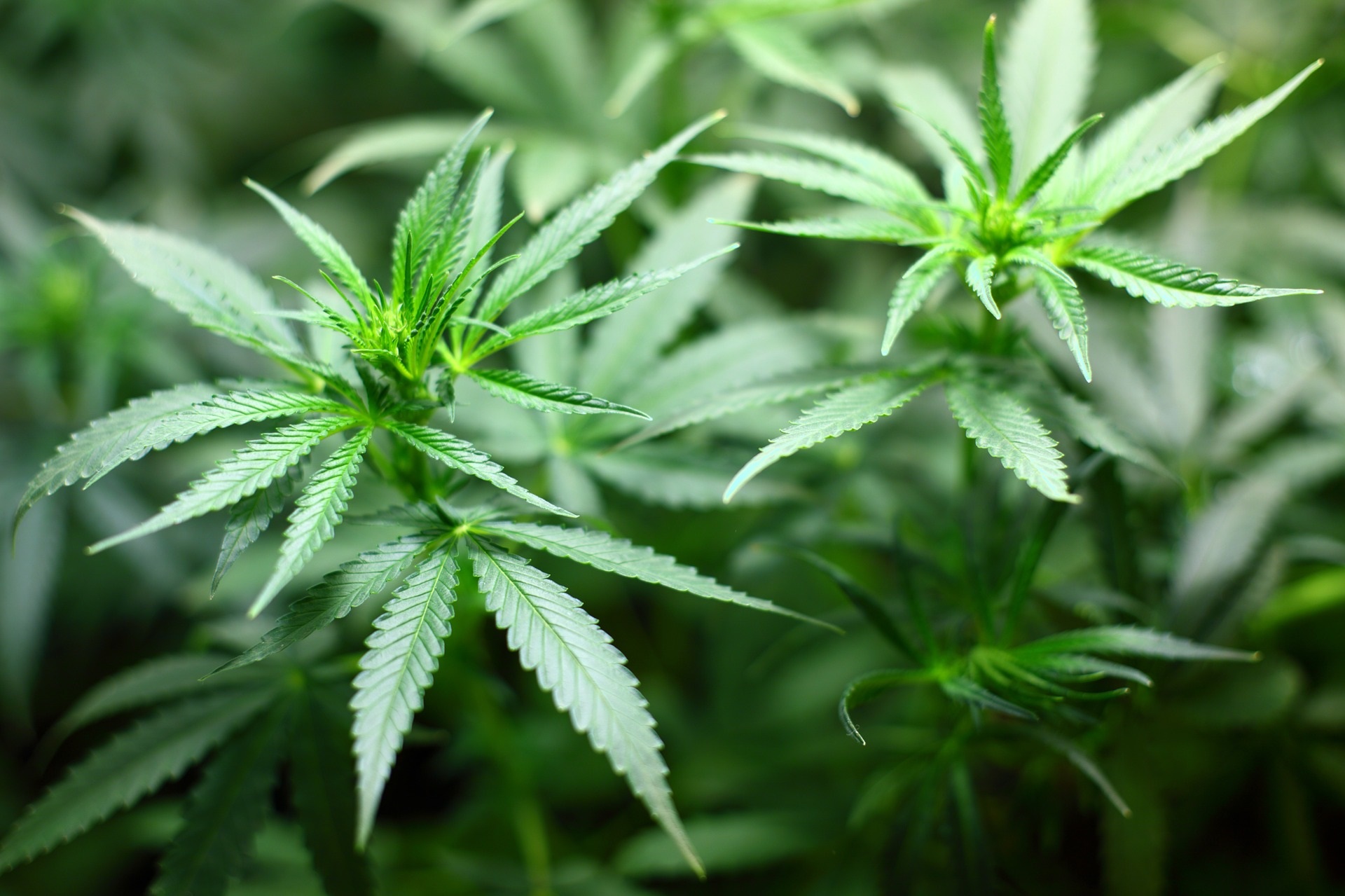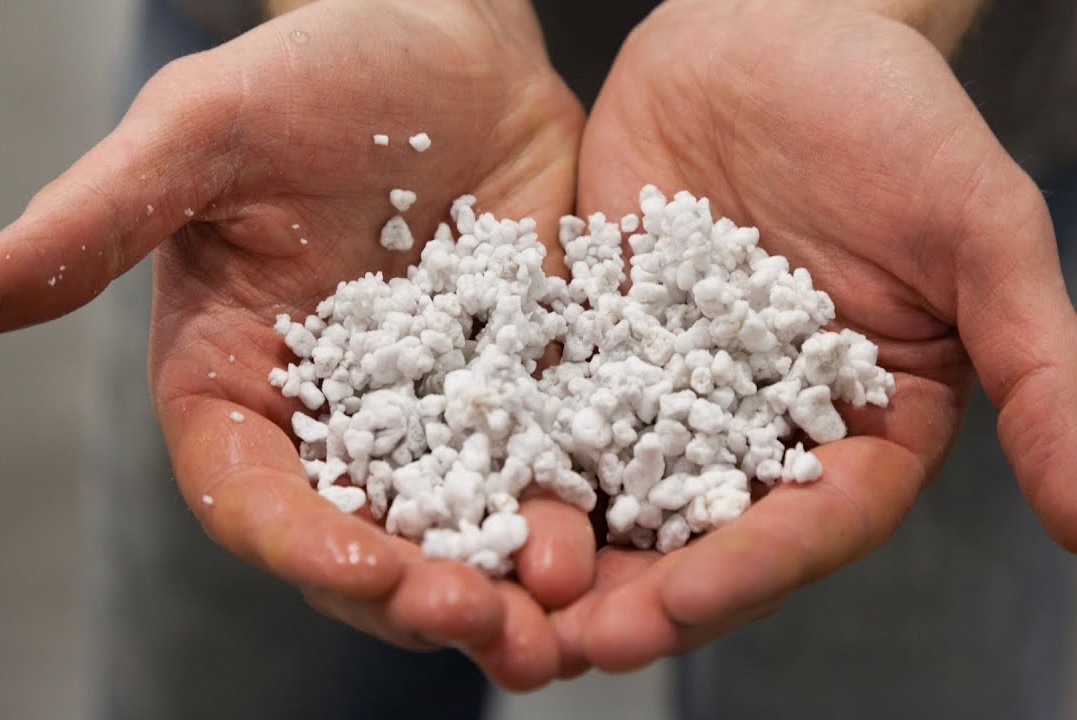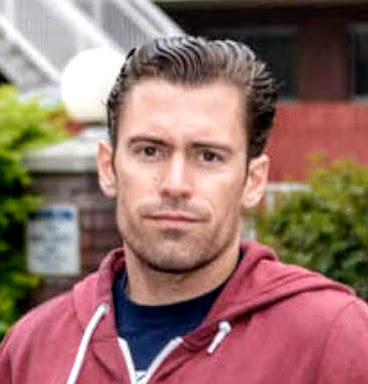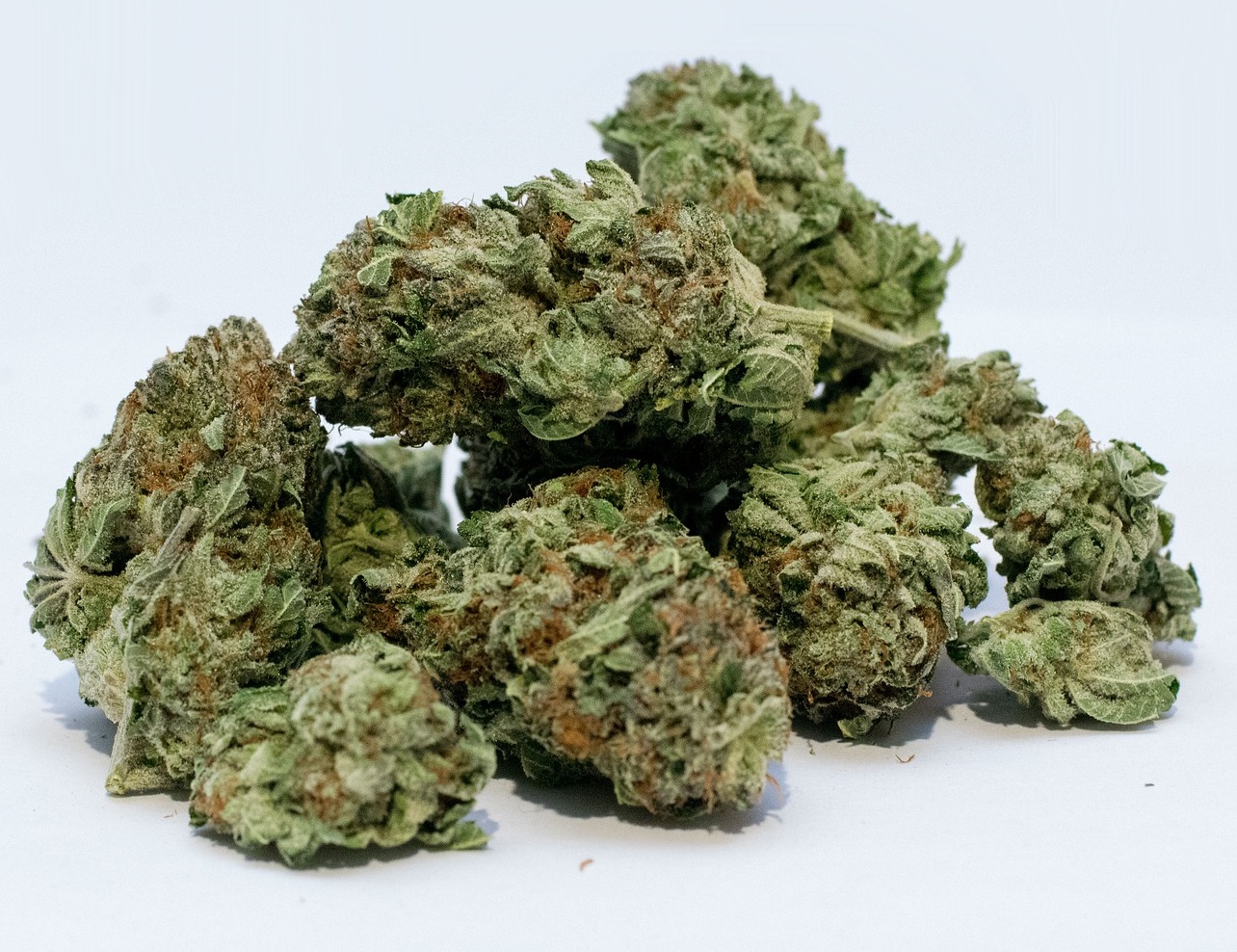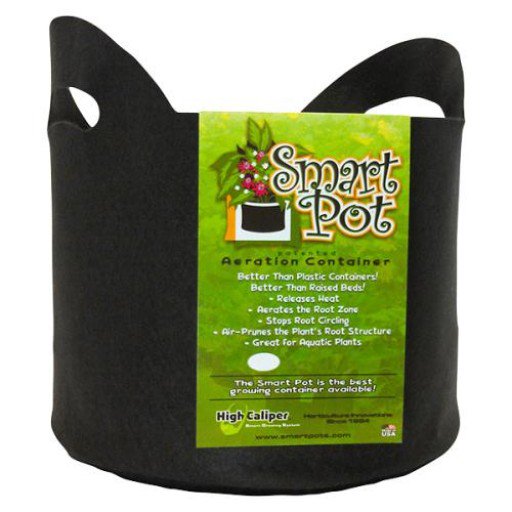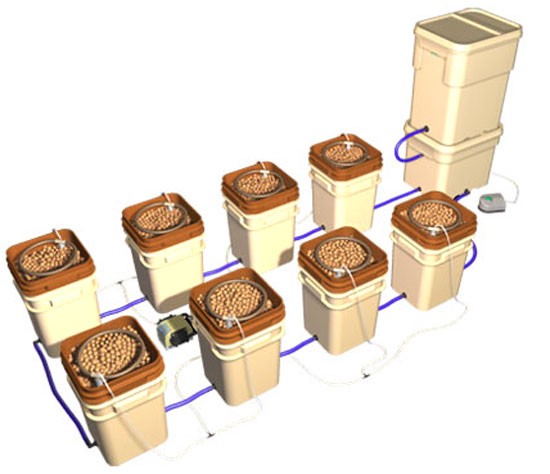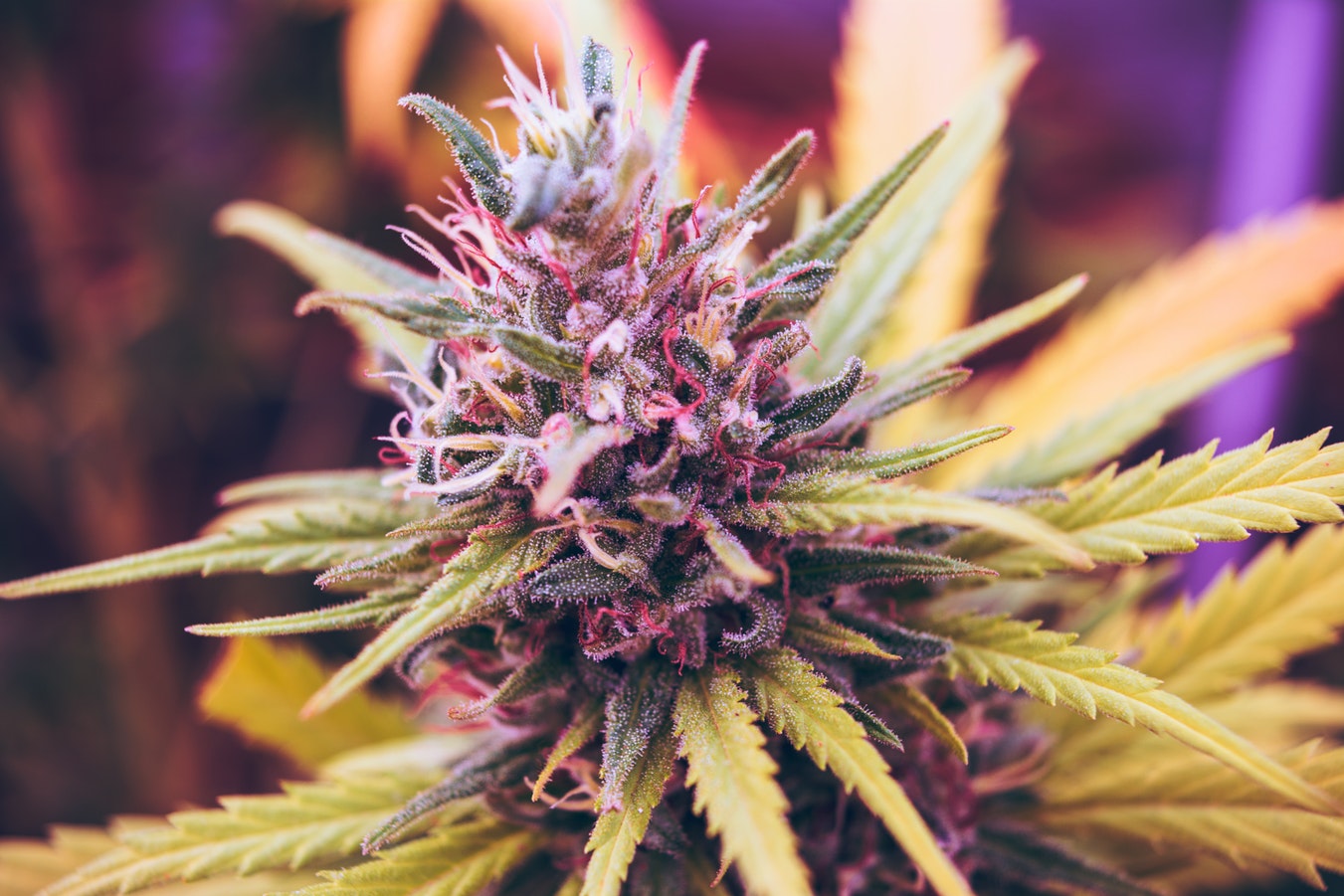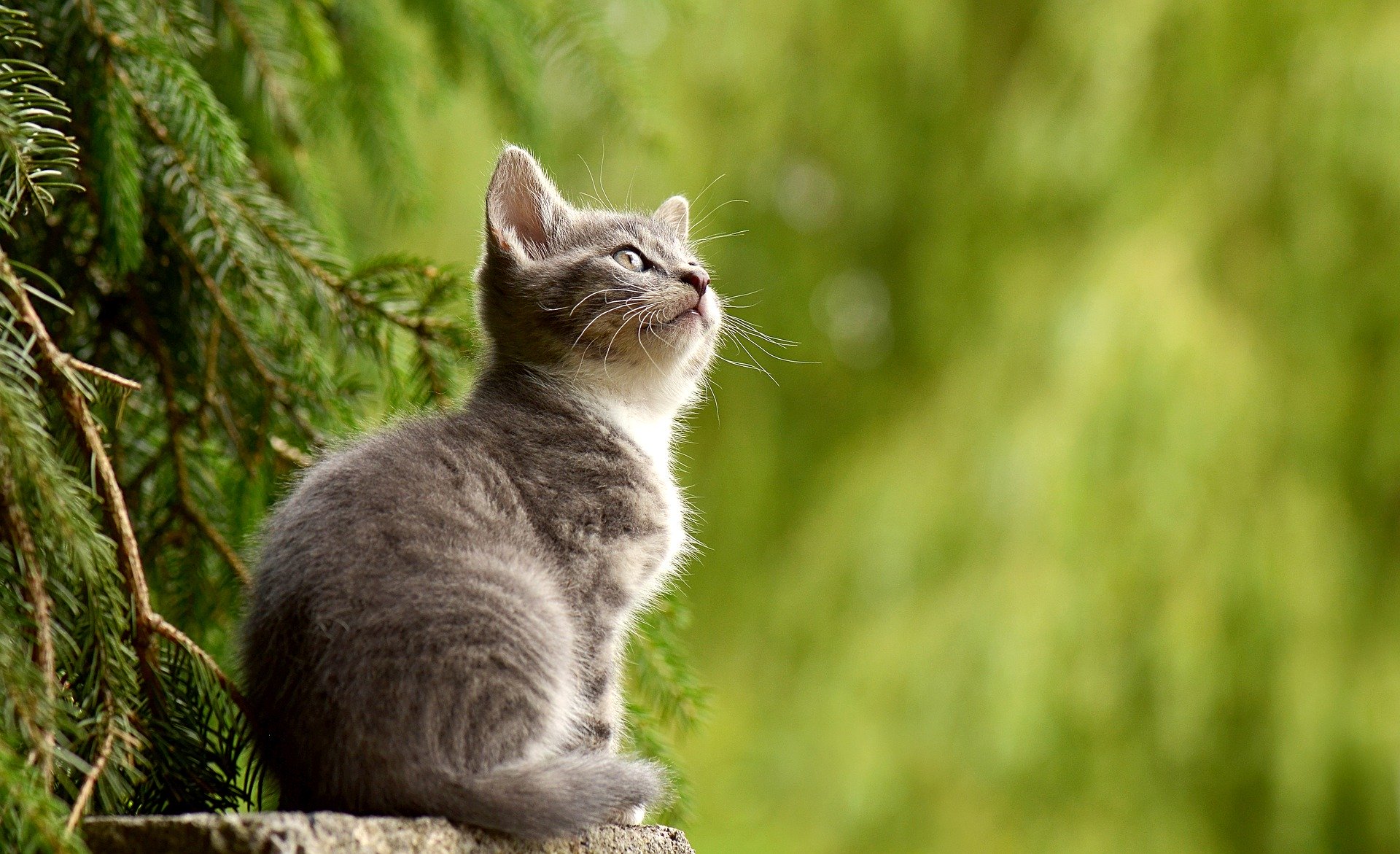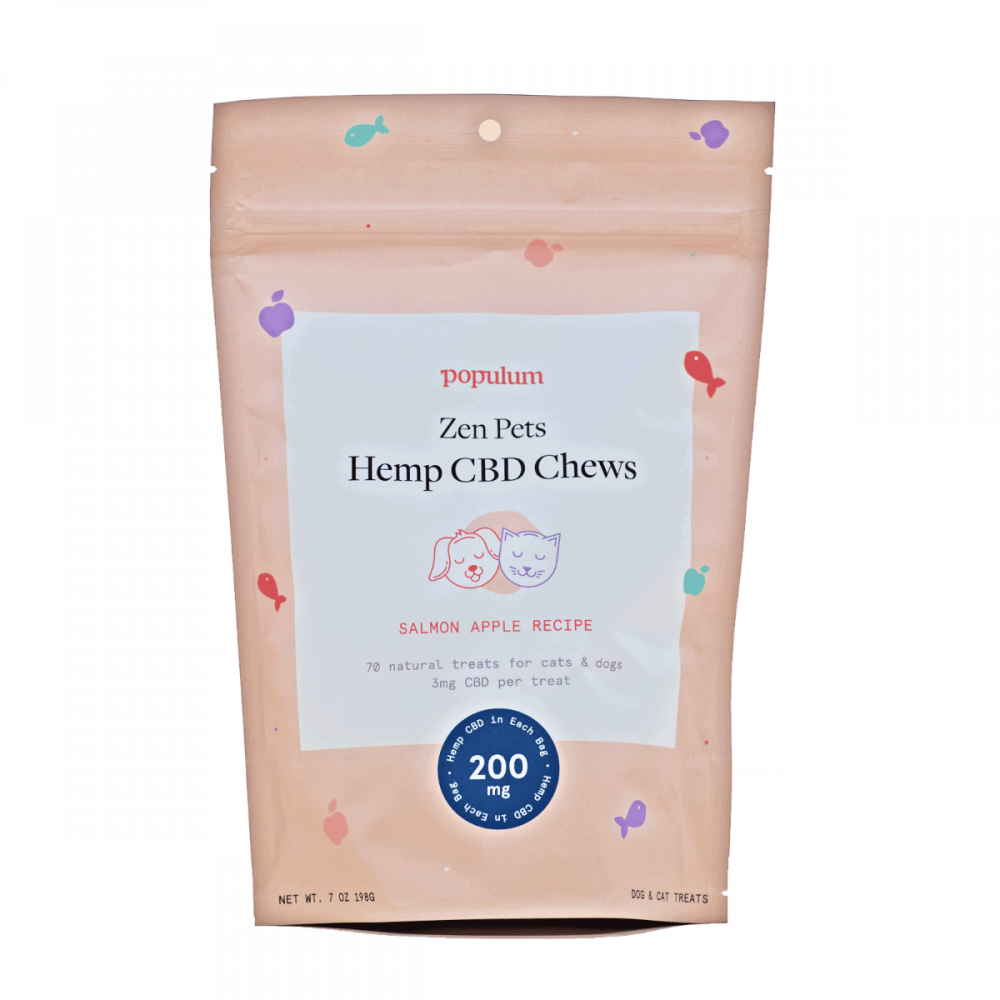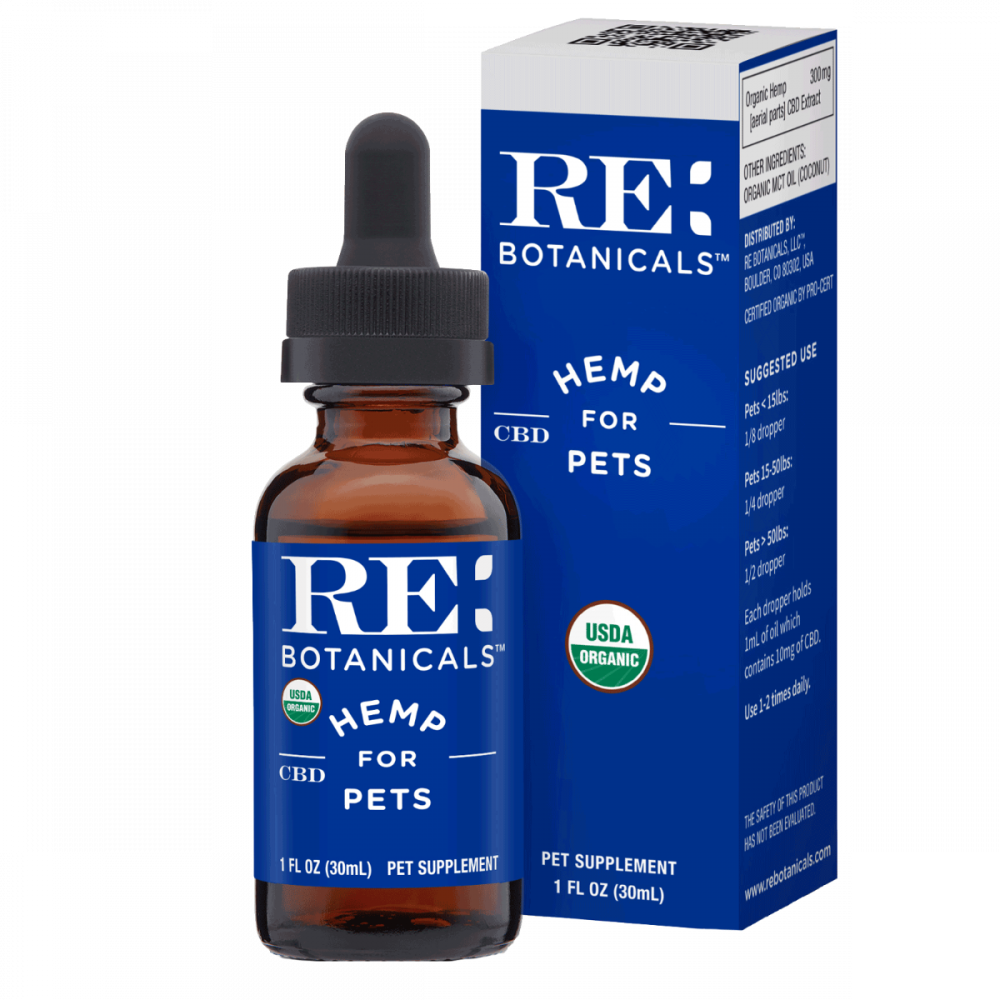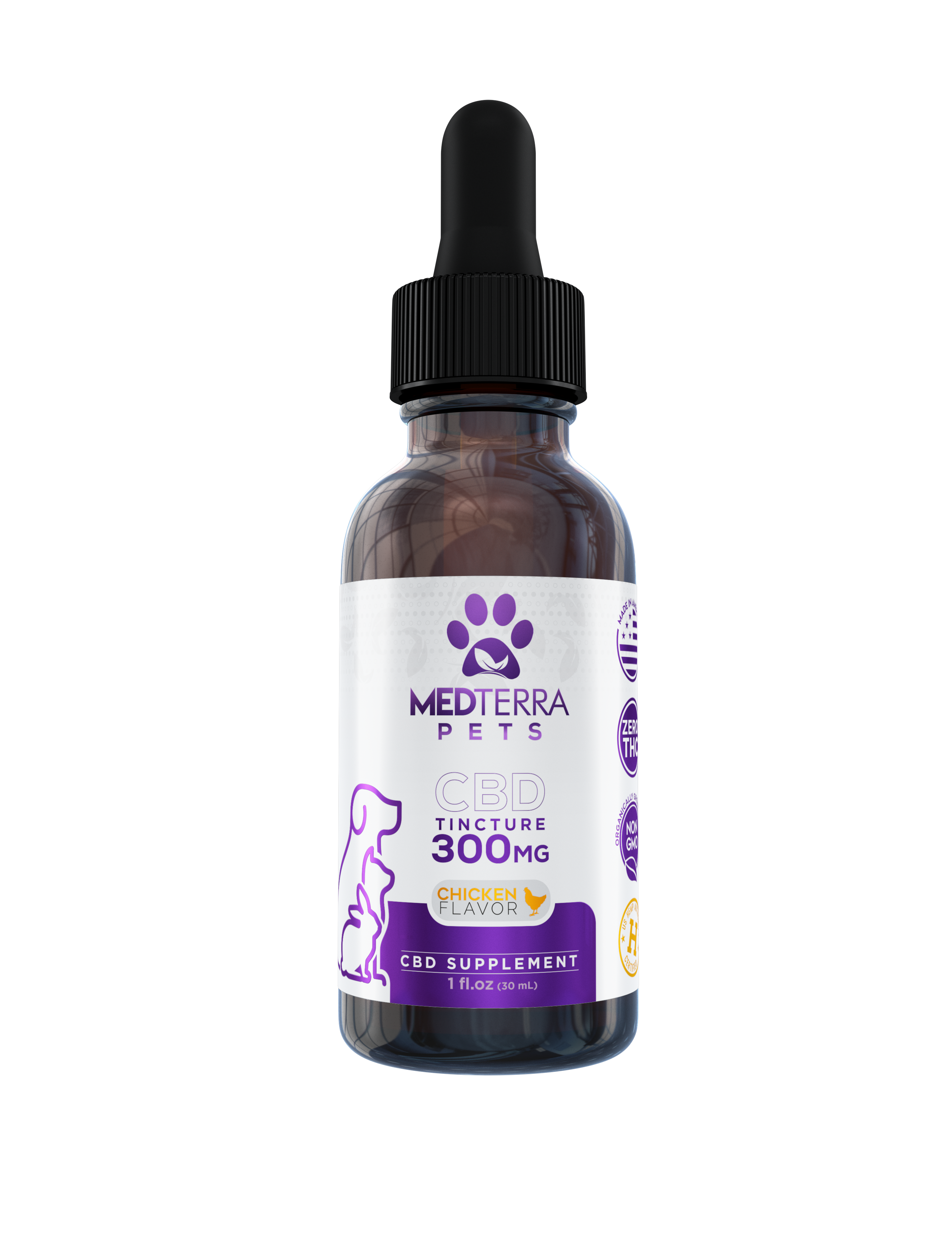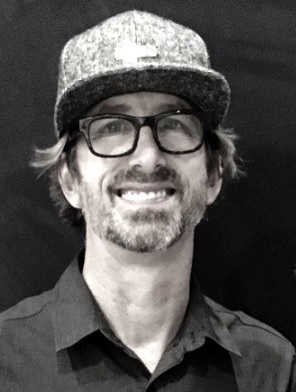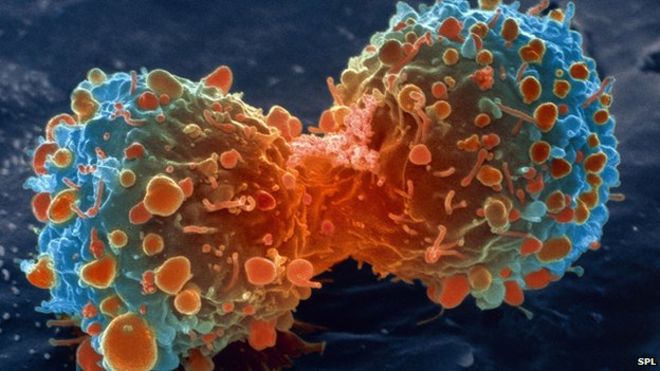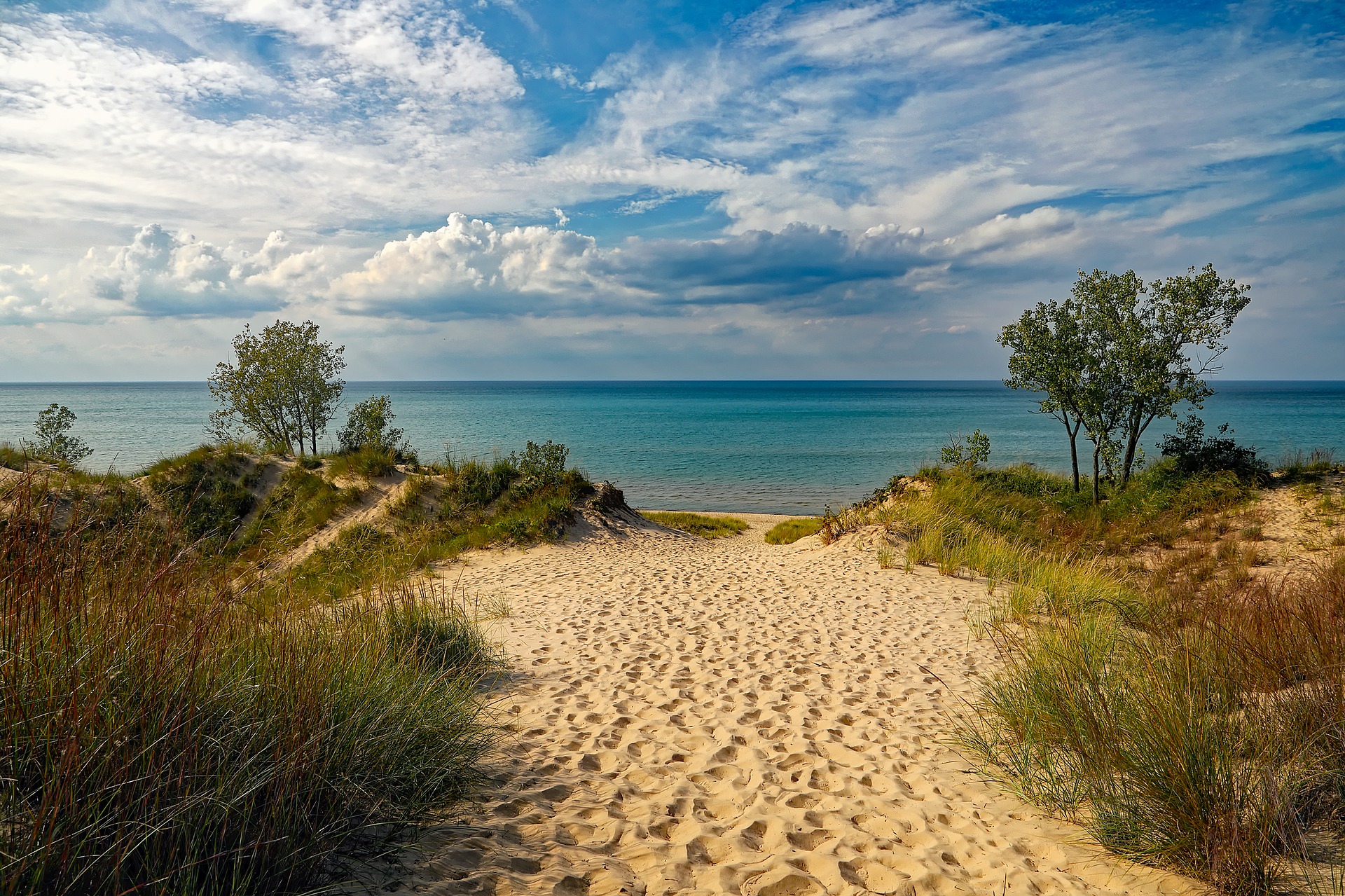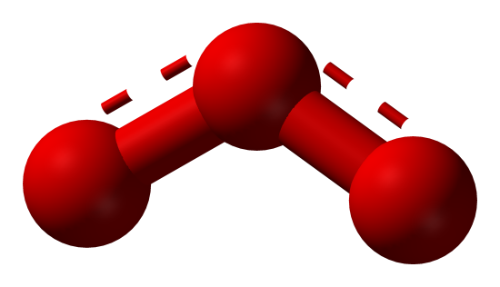In this article, Kent Gruetzmacher of Mac & Fulton Talent Partners talks about the unique benefits and challenges of working in the Hemp Industry.

The following is an article produced by a contributing author. Growers Network does not endorse nor evaluate the claims of our contributors, nor do they influence our editorial process. We thank our contributors for their time and effort so we can continue our exclusive Growers Spotlight service.
For those startup savvy professionals out there, the cannabis industry has a lot to offer in the way of career promise. Moreover, with the Farm Bill and the recent legalization of hemp on a nationwide scale, a massive new industry has been born overnight. To this end, the hemp industry is poised to offer a plethora of job opportunities sourced from a variety of verticals. Because hemp is literally such a versatile plant, the industries being built around it range anywhere from building materials to pet medicines.
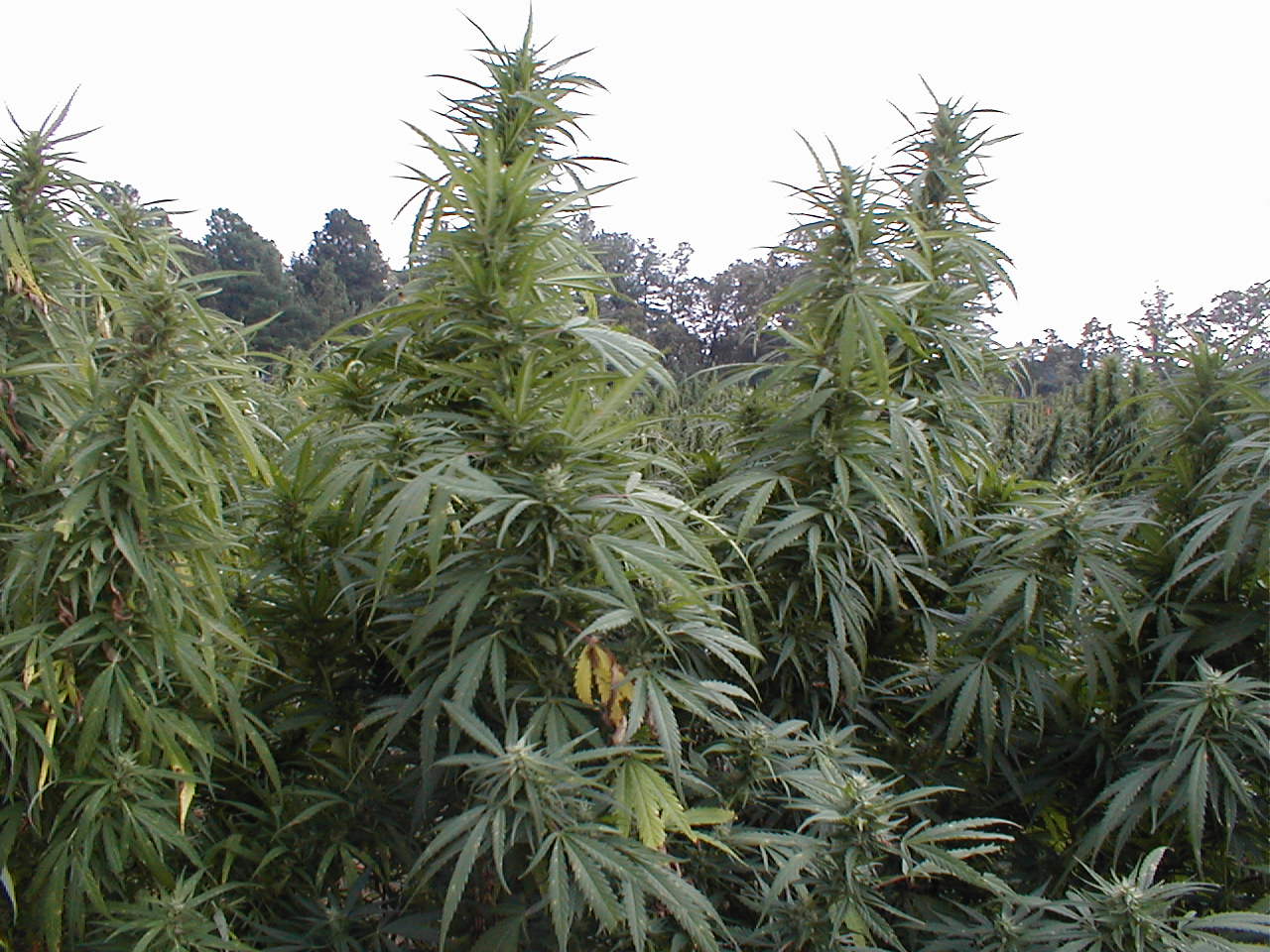
Exciting growth trends aside, there are still some important variables that must be considered by serious job searchers in the cannabis and hemp industries. The cannabis industry presents several distinct verticals of employment - these include plant touching businesses, cannabis ancillaries, hydroponics products, and the hemp market. For M&F Talent’s cannabis career tip for June, we are discussing the perks and challenges of working in the hemp industry.
What are Hemp Businesses?
Hemp businesses are those companies who deal with hemp products and / or service the hemp industry in some way. Unlike the cannabis industry, the hemp business often doesn’t delineate as strictly between plant touching businesses and ancillaries. Largely because, hemp companies generally don’t face the same sort of compliance scrutiny as their counterparts in cannabis. Hemp companies operate in both business to business (B2B) and business to customer (B2C) capacities.
As stated in the introduction, because hemp is such a versatile plant, it offers almost countless career opportunities. For starters, the cultivation and harvesting segment is exploding in early 2019, with hemp farms around the nation scrambling to get plants in the ground. Within the cultivation segment, there is a serious need for controlled environment agriculture specialists in greenhouse growing. Similarly, hiring parties are also looking for growers who can manage hundreds of acres of hemp plants. Finally, there is also a huge need for efficient hemp harvesting and processing technology. To this end, forward-looking engineers and farm tech manufacturers are hard at work developing harvest equipment for the fall hemp harvest.
Looking to the product side of the hemp industry, things are also growing faster than can be imagined. For the most part, new hemp products fall into two categories with hemp-derived CBD products and hemp materials. Looking to hemp-derived CBD products, this industry segment is growing quicker than anything in the cannabis market today. To this end, every week, the cannabis and hemp industries see newsflashes about new massive CBD business ventures, featuring names the likes of Kroger and Martha Stewart. Looking to hemp materials, there is also advancement in non-CBD hemp topicals and oils, as well as clothing and building supplies. Needless to say, the hemp product vertical offers ample career opportunity for the motivated job searcher.
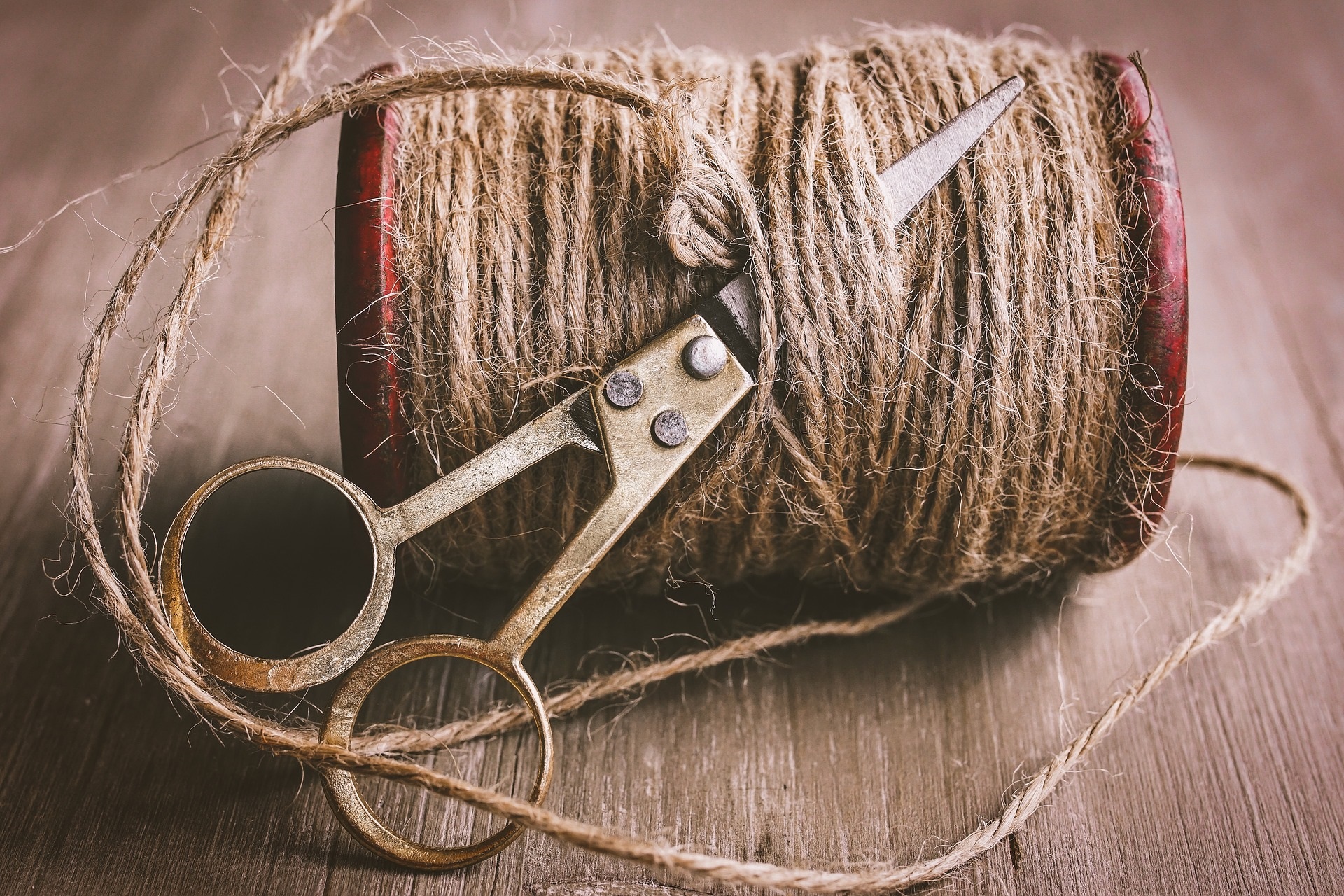
What are the Benefits of Working for Hemp Businesses?
The primary benefits of working in the hemp industry are related to hemp’s legal status and sheer versatility. As compared to other career paths in the cannabis industry, the legal standing of hemp gives this industry some serious potential job growth. The same can be said about the versatility of the hemp plant, as we are just scratching the surface of its applications in several verticals.
Since hemp was legalized with the 2018 Farm Bill, it has captivated the attention of the nation. Also, working in the hemp space poses next to no legal risk as compared to working with plant touching businesses in the cannabis space. Therefore, more conservative areas of the nation are embracing hemp as a new cash crop and are planting field by the acre. Yet, there are still some uncertainties regarding the FDA’s views on CBD, which will hopefully get fleshed out in the coming year.
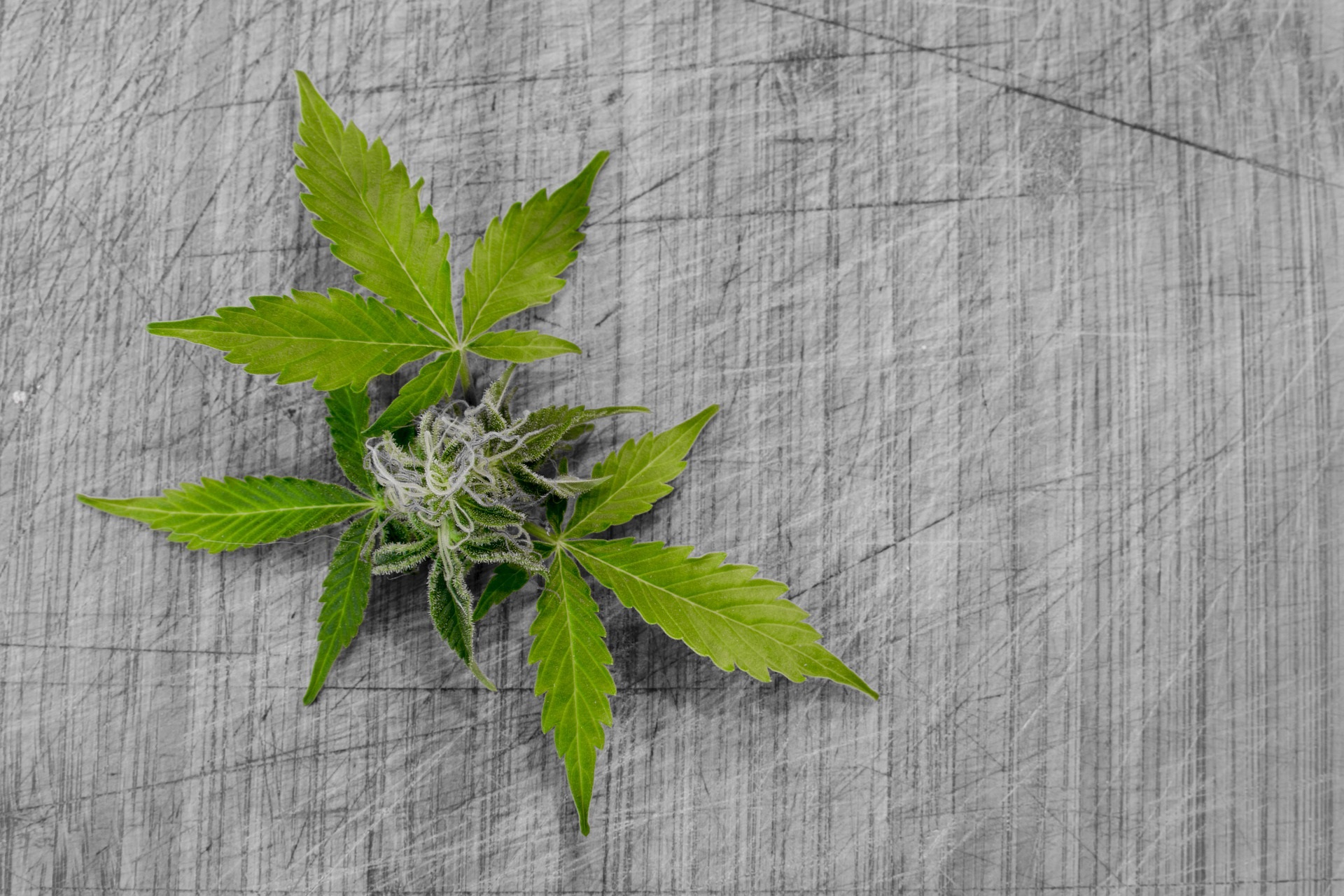
What are the Challenges of Working for Hemp Businesses?
For those who work in the cannabis industry, it has been quite amazing to see the transitions that the hemp market has undergone in just a few short years. As such, with startup businesses literally “popping-up” all over the country, the hemp space presents likely the most volatile vertical of the entire cannabis industry. This fact says a lot. Therefore, while it is doubtless exciting to see hemp get legitimized, legalization has brought with it a tidal wave of startup companies. Many of these companies lack direction, structure, and focus, and cannot provide career stability (and sometimes pay) for their employees. To this end, we will continue to see a rapid flux of new and defunct hemp companies in the coming years - especially in the CBD vertical. Career searchers are well advised to thoroughly vet potential hemp industry employers.
Growers Network would like to thank Kent Gruetzmacher and Mac & Fulton Talent Partners for this information on working in the hemp industry. As an industry leading recruiting agency, Mac & Fulton Talent Partners have an inside look at the challenges face by job searchers in the cannabis space. To this end, M&F Talent takes great pride in helping individuals understand their place in the cannabis market. M&F Talent has partnered with Growers Network to help job searchers and cannabis professionals alike find success in this exciting new industry.
10 Best Gift Ideas for Cannabis Connoisseurs and Growing Aficionados (2022)
December 7, 2022Developing and Optimizing a Cannabis Cultivation System
December 14, 2021Dealing with Insomnia: How Can CBD Help?
December 10, 2020Your Guide to Sleep and CBD
December 7, 2020
Do you want to receive the next Grower's Spotlight as soon as it's available? Sign up below!



